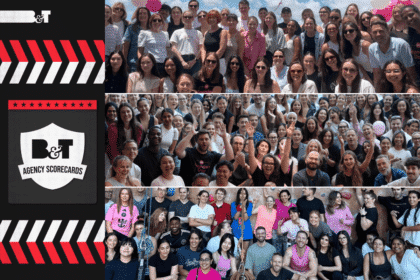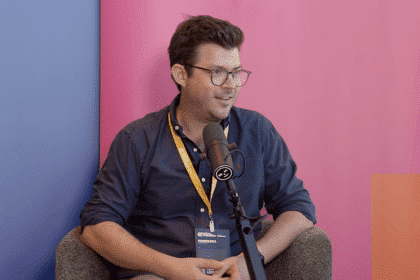Andrew Morley knows a thing or two about where to invest marketing dollars. He and Arnott’s CMO Jenni Dill delivered a masterclass of what success looks like, and both were very clear about the importance of brand.
“We came from a world where the business was very performance marketing driven, because it gave them something that felt very measurable, and for a tech company from Silicon Valley that was like the bloodline that they needed to believe,” Morley said.
“And they believed it so much that as we were scaling up as a business, they just kept on piling more and more money into performance marketing, and it kept on spitting out an ROI.”
This is a common conundrum for a Silicon Valley start-up, but it’s one that invariably ends at a point. When do you shift money away from lower funnel sales and into the top of funnel brand marketing?
Andy Morley, the APAC lead for Uber Eats, told a packed room on the first day of the SxSW conference that he has been shifting the balance more towards brand rather than performance, where the business invested in heavily in its earlier days.
“It kept on because there were flaws in the measurement, and there’s only so much you can do, especially as you scale out ridiculous levels. And then a few smart people in the business started saying, Hey, I’ve just put tens of millions of dollars of extra performance marketing, and I’m not seeing any macro digits move. You’re still telling me I’m getting this good ROI, but you’re not,” he said.
“And so then we started putting in better measurement systems, and all of a sudden, the love of performance marketing shifted off completely.”
Investing more in brand “shifted the dial” and Uber Eats gained “a lot of confidence”. The company now has an “inherent belief in brand spend and the role that it plays”.
“We’ve got a big data science team that are going deep on trying to work out how to get that balance (between brand and performance) in the future, but it’s a very difficult business to get that measurement right, because we’re so dynamic,” Morley added.
One marketer who knows the balance better than most is Arnott’s CMO Jenni Dill. She said that it’s brand “and” performance that matters.
“As soon as you force it into a normal conversation, you drive your choices that sometimes don’t make any sense one way or the other. But what we tried to do with Arnott’’s work was find a way to deliver brand work that paid back really quickly,” Dill said.
“So when you’re getting a really positive payback within six months, it’s an ‘and’. You just keep giving money into what is working.”
Dill said that Arnott’s always tests and learns about where they need to show up as a brand.
“I think the tougher trade offs we had is all the things we weren’t going to support, so all the legacy things. When we’ve always done it this way, and for five years, we had to take the funds from previous marketing efforts to do something different and new,” she said. “There was a bit of internal resistance, but as soon as it started working, everyone could feel it, everyone could see how it was delivering.”








